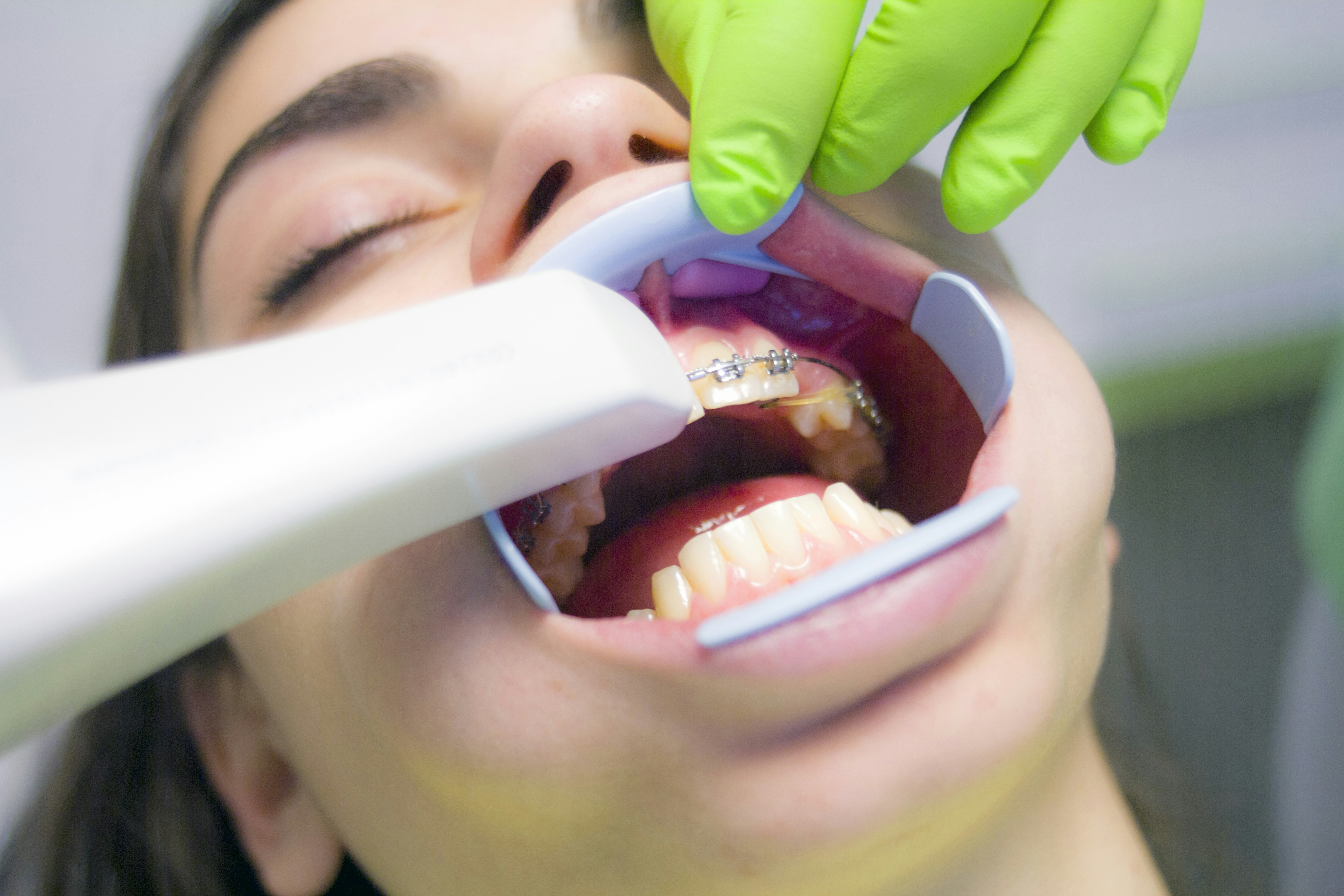Figuring Out

If there is a cavity that forms between the teeth, it is called an interdental cavity or interproximal cavity. Unlike traditional cavities that occur on the chewing surfaces of teeth, interdental cavities can be trickier to detect and often go unnoticed until they reach an advanced stage. Knowing the signs of an interdental cavity can assist in seeking prompt dental treatment and preventing additional damage. This website has all you need to learn more about this topic.
1 Picture Gallery: Figuring Out
One common sign of an interdental cavity is sensitivity to hot and cold temperatures. When there is a cavity between teeth, it exposes the underlying dentin, which is more sensitive than the outer enamel. Hence, you may encounter a sharp, momentary pain when consuming hot beverages or cold treats. This heightened sensitivity serves as a distinct warning sign of a dental issue that should not be overlooked.
Another sign to watch out for is prolonged sensitivity to sweets. If you experience lingering pain or discomfort after eating sugary treats, it could be an indication of an interdental cavity. Cavities enable sugars to penetrate the affected area, causing prolonged sensitivity and discomfort. If the sensitivity lingers even after you’ve finished consuming sweets, it is advisable to consult your dentist for a comprehensive evaluation.
Toothache and gum sensitivity are additional signs that may suggest the presence of an interdental cavity. As the cavity progresses, it can affect the surrounding gums and cause inflammation and tenderness. You may encounter pain when biting down or exerting pressure on the affected area, in addition to experiencing sensitivity while brushing or flossing around the affected teeth. If you observe these symptoms, it is vital to seek dental care promptly to prevent additional damage and potential complications.
Staining between teeth can also indicate the presence of an interdental cavity. As the cavity progresses, it can trap food particles and bacteria, leading to discoloration in the interproximal spaces. The emergence of brown or black stains in the crevices between your teeth should raise concerns. While regular dental cleanings and proper oral hygiene practices can aid in preventing staining, persistent discoloration should prompt a consultation with your dentist. You can read more on the subject here!
Another visible sign of an interdental cavity is the presence of holes or pits in the affected teeth. As a cavity develops between teeth, it gradually wears away the enamel, resulting in the formation of tiny holes or pits in the affected region. These holes or pits may be observable without any aid or may necessitate the use of dental instruments for a comprehensive evaluation. If you notice any irregularities or abnormalities in the texture of your teeth, it is important to arrange a dental appointment for a comprehensive evaluation and suitable treatment.
In summary, it is of utmost importance to be able to recognize the signs of an interdental cavity for the sake of maintaining excellent oral health. Indicators such as sensitivity to hot and cold, prolonged sensitivity to sweets, toothache and gum sensitivity, staining between teeth, and the presence of holes or pits in teeth should never be disregarded. Through proactive action and timely dental care, you can avert further damage, potential complications, and preserve a radiant smile. Make sure to schedule regular dental check-ups, practice good oral hygiene, and promptly address any concerning symptoms to safeguard your dental well-being. By remaining vigilant and prioritizing your oral health, you can effectively prevent and manage interdental cavities, thus ensuring a lifetime of healthy teeth and gums. Here’s the link to learn more about the awesome product here.
This post topic: Health Care & Medical



